I have a story that is so profound, that I’m afraid it will be diminished by the telling of it. So I’ve been hoarding it. And to be honest, this is nothing new because my career/life’s work was all about being a repository for people’s profound stories. So many tales of suffering, triumph, and resolve invariably ended with the need to make the world a better place for the learning of some malignant and often unjust lesson. I was a family therapist, and those tales are not mine to tell, but as it turns out, I have a little piece of one to share from those who want it told. It’s about being thankful.
It all started with corn. Italian corn. Just a month ago, I returned from visiting our daughter, Annie, who lives in the Italian Alpine town of Aosta. You can read her story here. Anyway, Annie’s obsessed with polenta as much as a human can be. So when I visited her in October, we went on a two week long polenta adventure across the far northern mountains and piemonte region. We called on antique corn experts, met with university academics, chatted with farmers & visited farms, ancient mills, and rural museums. There were Polenta sagre (festivals), a corn-husking party, lots of wine drinking, and accidental driving on blood-curdling half-lane gravel Alpine roads accompanied by screaming and cursing.
But today, as I make my cornbread for our Thanksgiving stuffing this week, my mind is with three magnificently strong women who live in the mountainous Fonzaso comune, just north of Venice.
Annie’s husband’s family arranged for us to hear polenta stories from some elder relatives and friends who grew up farming in the Veneto region. We naively figured we’d chat about corn varieties, milling and polenta cooking methods. But we were not prepared when beautiful 87 year old Nonna Nina entered Aunt Lorella’s cheerful kitchen and announced “I am going to tell you the story of my life.” And tell it she did. Cousin Alessia translated from Venetian dialect to Italian while Annie scrambled to keep pace with the interview.
I barely understood a word of what she said as the harrowing story of her youth unfolded itself, but I felt it all. We learned quickly that you can’t talk about polenta to a Northern Italian born in the 1920s without hearing graphic accounts about the era of Nazi occupation and the hunger, cold, terror, and resilience that ensued.
Aurora and Angelina echoed Nina’s stories. All three of them still garden and cook with wood. They plan on never being cold or hungry again.
While their recollections were heartbreaking to hear, they must be told, say Nina, Angelina, and Aurora. Especially to the youth of today and also to Americans. Annie’s in the process of transcribing the interviews, and she’ll soon share their stories in their own words.
Prior to the spring of 1945, the Italians in this region were pretty much starving. “Polenta, polenta, polenta is all we ate”, says Nina; “and a few beans and potatoes.” They fashioned shoes from rags, endured bitter cold and the cruelties of war fought at their front doors and then, in April of 1945, the Allied Forces came. “I left home at age 10 to find more food, when the war ended I was in Napoli. The bombs fell down like rain, and then the Americans saved us.” Likewise, Aurora and Angelina told of how the Americans (Allies) brought canned food along with their freedom to the Veneto region that late spring of ’45. You have never in your life heard such appreciation for the gift of food and the end of a reign of terror. All three of them were adamant that their stories must be told, and that the well-fed and younger generations need to be grateful for all that they have.
And this Thanksgiving, I am more grateful than ever. For the Alpine corn that will find its way into our stuffing and for the loved ones at our table and for three Venetian nonnas who are the poster girls for strong, resilient women. Please let me be more like them.
PS: About that sweater at the opening of the post ….
On display at the spectacular Ethnographic museum of Cesiomaggiore, the sweater belonged to a neighboring farmer from Nina, Angelina, and Aurora’s time. Those are socks on the shoulder, and the rest you can figure out/click on the photo and in the next window, click again and it will be enlarged so you can really get the full effect of stubborn resourcefulness (not to mention darning talent) of this farmer’s family.
Stay tuned for more from these inspiring Venetian ladies and others, and have a wonderful Thanksgiving!
Cornbread for stuffing:
Your cornbread will be as good as your corn. Try to find some that is freshly stoneground and then store it in the freezer. Whole ground corn contains the germ and the oil therein will go rancid if not chilled.
You’ll need all this stuff and an iron pan to bake it in. Hopefully. We’ll just assume you’re baking in an iron pan.
- Cornbread and a piece of Antique Ottofile flint corn from near Diano d’Alba south of Turin.
Once it’s baked, let the cornbread cool, then break it into little bits and then bake again until dry and crunchy.
Buttermilk Cornbread (gluten-free)
Preheat oven to 450º Stick an iron skillet in the hot oven to preheat while you mix your batter.
Into a bowl, mix:
2 cups yellow coarse cornmeal
½ tsp. fine salt
1 tsp. baking powder
½ tsp. baking soda
In another bowl, beat:
4 Tbls. Melted unsalted butter
1 ¼ cup buttermilk
1 egg
Add the wet ingredients to the dry and stir until combined. Take your hot skillet out of the oven and put a pat of butter in there to sizzle. Now, pour your batter in and bake until nicely browned on the top. Move the pan up if the bottom is getting too dark. Should take about 30 minutes or so, depending on what sort of skillet you have.
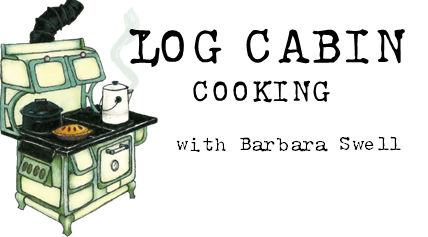
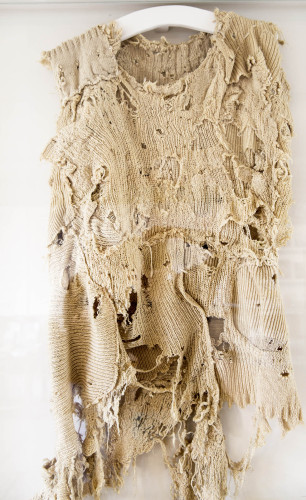

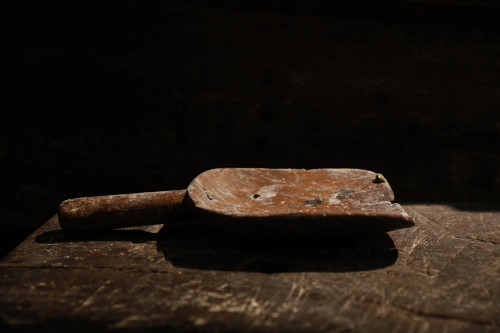
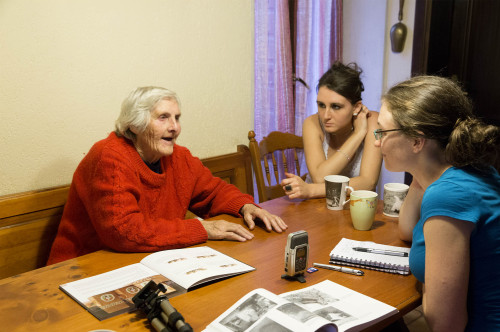
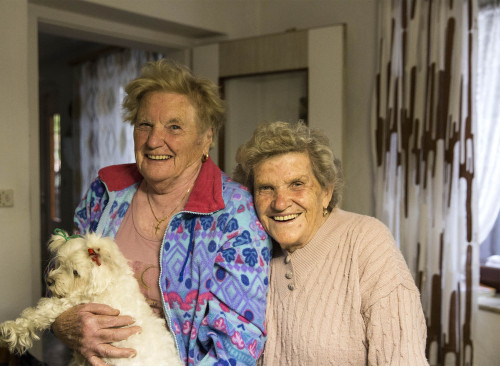
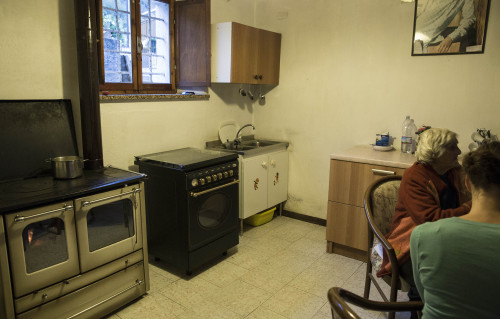
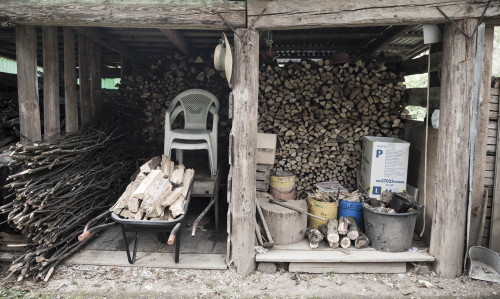
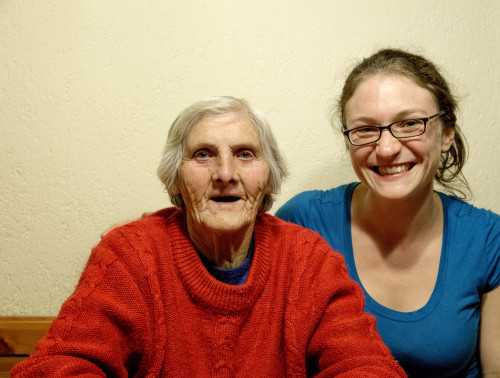
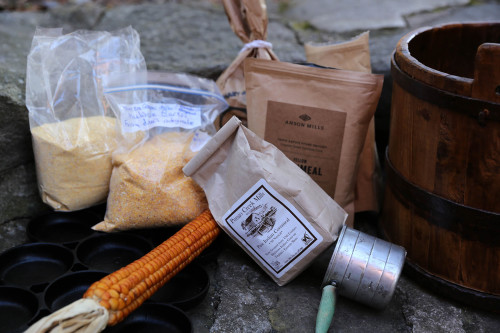
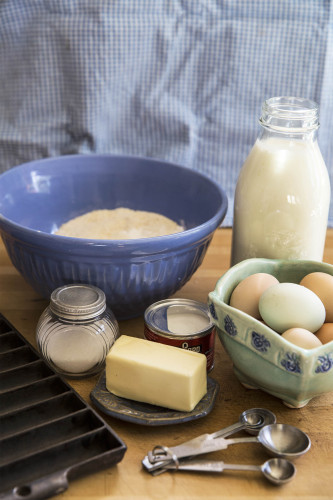
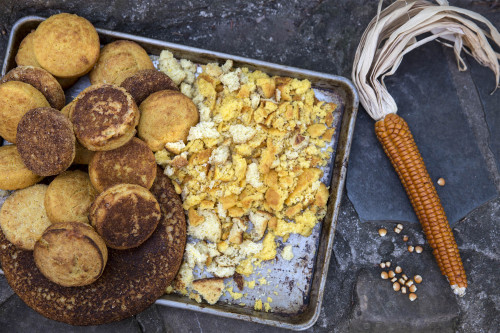
Do you know about Carol Deppe? Her website is http://www.caroldeppe.com . She is gluten intolerent so she developed her own varieties of corn. She makes polenta and cornbread from them, so she came to mind when I read this story.
Thanks, Teri! I’m happy to know about Carol Deppe’s seed catalog. She has some great looking open pollinated varieties of corn (including flint corn for polenta) and other veggies.